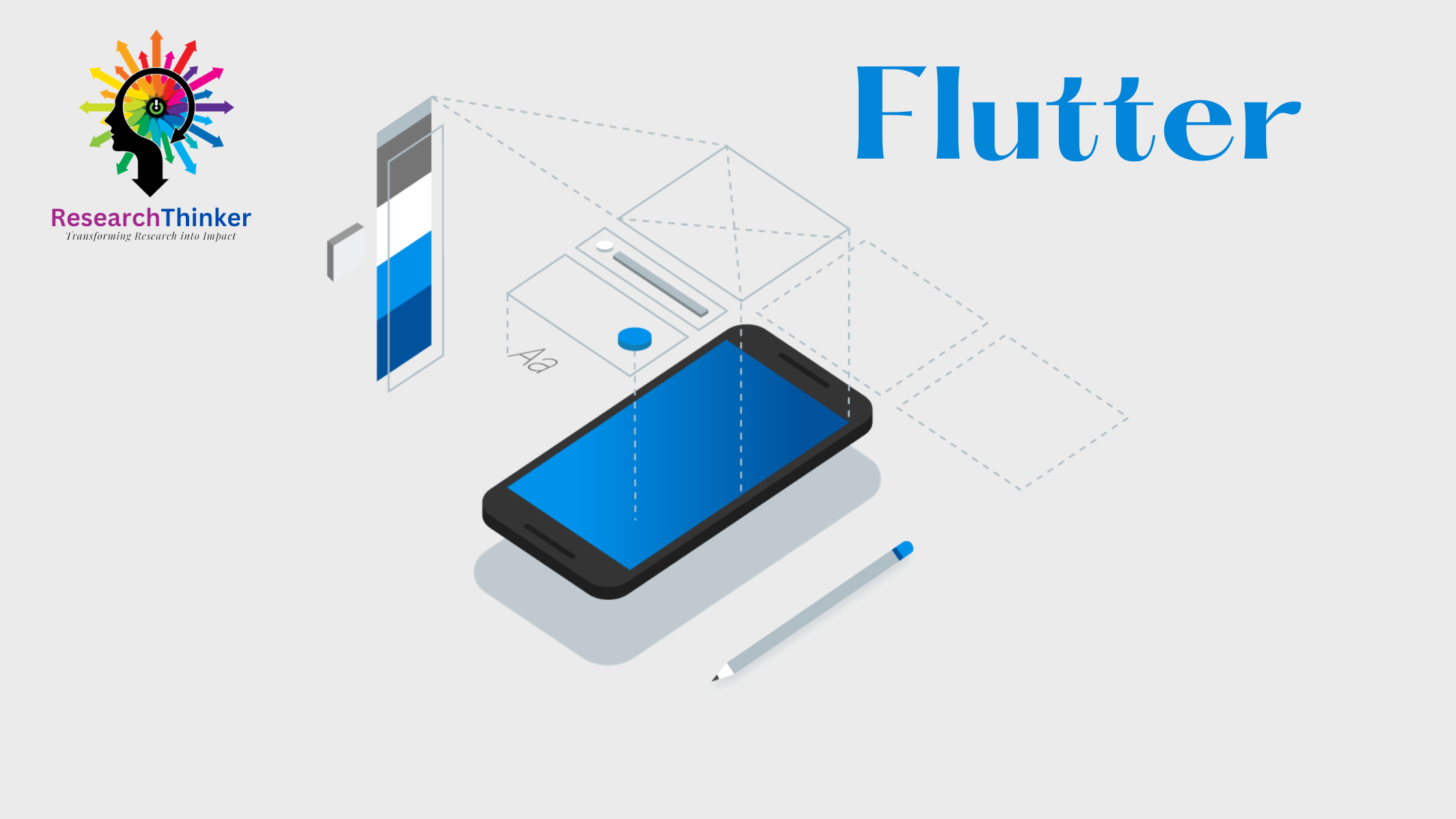Flutter Tutorial:
Flutter Widgets:
Flutter Advance
Flutter REST API
Advanced Concepts
Wrap vs Builder vs OverBarFlow
Circular progress contain Icon
Flutter State management Comparison
Flutter Database
Flutter Token Expired Handling
Flutter Provider
Flutter GetX
Flutter with Native
Flutter Tips:
Interview Questions
Flutter 100 Interview Questions
Flutter Features
Flutter is an open-source UI (User Interface) toolkit developed by Google. It allows developers to build native-looking cross-platform applications for mobile, web, and desktop from a single codebase. Flutter uses the Dart programming language, which is also developed by Google.
Key features of Flutter include:
- Cross-platform development: Flutter allows developers to write code once and deploy it on multiple platforms like iOS, Android, web, and desktop(Window/ Linux). This saves development time and effort.
- Fast development and Hot Reload: Flutter provides a hot reload feature that allows developers to see the changes made in the code almost instantly, without restarting the application. This speeds up the development process and helps in rapid iteration. IN Few seconds it reload whole application
- Rich set of pre-designed widgets: Flutter comes with an extensive collection of customizable and reusable widgets that help in building beautiful and responsive user interfaces. These widgets enable developers to create native-like experiences on multiple platforms.
- Expressive and declarative UI: With Flutter, developers can build UIs using a declarative approach. They can describe the desired user interface using a widget tree, making it easier to understand and maintain the UI code.
- High-performance applications: Flutter apps are known for their high performance and smooth animations. Flutter’s architecture eliminates the need for a JavaScript bridge, resulting in faster execution and reduced performance overhead.
- Access to native features: Flutter provides access to a wide range of native device features and APIs through platform-specific integrations. This allows developers to leverage device-specific capabilities like camera, sensors, location, and more.
- Strong community and ecosystem: Flutter has a growing community of developers, which means there is a wealth of resources, libraries, and packages available to help developers build and enhance their applications.
- Growing Popularity: Industry Adoption, Flutter has gained significant traction in the industry, with an increasing number of companies adopting it for app development. This growing popularity indicates that Flutter is becoming a preferred choice for many developers and organizations.
- Responsive Design: Flutter supports building adaptive UIs that work seamlessly on different screen sizes and orientations. This is essential for creating apps that provide a consistent user experience across various devices.
- Dart Programming Language-Easy to Learn, Flutter uses Dart as its programming language. Dart is known for its simplicity and ease of learning, making it accessible to developers with various programming backgrounds.
Overall, Flutter offers a powerful and efficient way to develop cross-platform applications with a native look and feel, enabling developers to create high-quality user experiences across different platforms.



